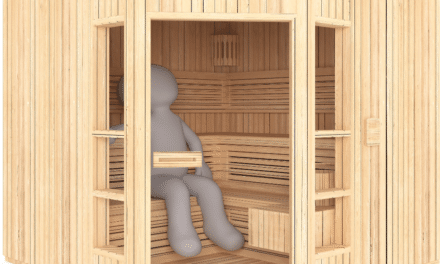I have had Cranial Sacral therapy on and off for the last few years but have been doing it once a month for the previous four or five months. Healthline’s article “Cranial Sacral Therapy” explains that it is thought that gently manipulating the bones in the skull, spines, and pelvis can enhance the flow of cerebrospinal fluid in the central nervous system to promote healing, release emotional and physical stress, and release restrictions throughout these areas. If you want some more information on cerebral spinal fluid and what it does, Fyzical’s article “Craniosacral Therapy” is a useful resource. While I am unaware of how to perform this therapy myself, I thought it would be good to discuss the basics and the experiences I have had with this therapy.
What Should You Expect With CST?
The general procedure of this therapy is that you will remain fully clothed and lay down on your back on a massage table. The practitioner will begin at your head, foot, or pelvis area near the middle of your body. Using around five grams of pressure, the therapist will listen to the cranial rhythms present throughout your body. If the therapist thinks it is necessary, it is common for them to gently press or change their position to improve the flow of cerebral fluids. Most people, including myself, feel deep relaxation, tiredness or sleep, and hot or cold sensations. Some other common things I do not feel are sensing pulsations or having a numbing or “pins and needles” sensation. After the session, I feel tired, and the therapist recommends that I relax and drink tons of water following the session.
Check With Your Doctor About Trying CST
The article addresses that those who have severe bleeding disorders, a diagnosed aneurysm, or a history of recent traumatic head injuries, which may include cranial bleeding or skull fractures, should avoid this type of therapy. If you are free from these symptoms, you may feel a little tired or discomfort following the session, which disappears in about a day. Also, this type of therapy is non-invasive, making it a safer option than some drugs, but it is vital to ask for a doctor’s opinion. It is also essential that the therapist is a licensed practitioner performing this treatment.
How Do I Feel After CST
After this treatment, I feel less tired, more emotionally in control, enhanced wellbeing, more energy, less tension and tightness throughout my body. You may have some benefits or no benefits at all, but I would recommend trying this therapy because it may be beneficial for you. It is critical to experiment to see what types of therapy work for you. Since you know your body better than anyone, it is your job to determine what is effective for you and what is not.





